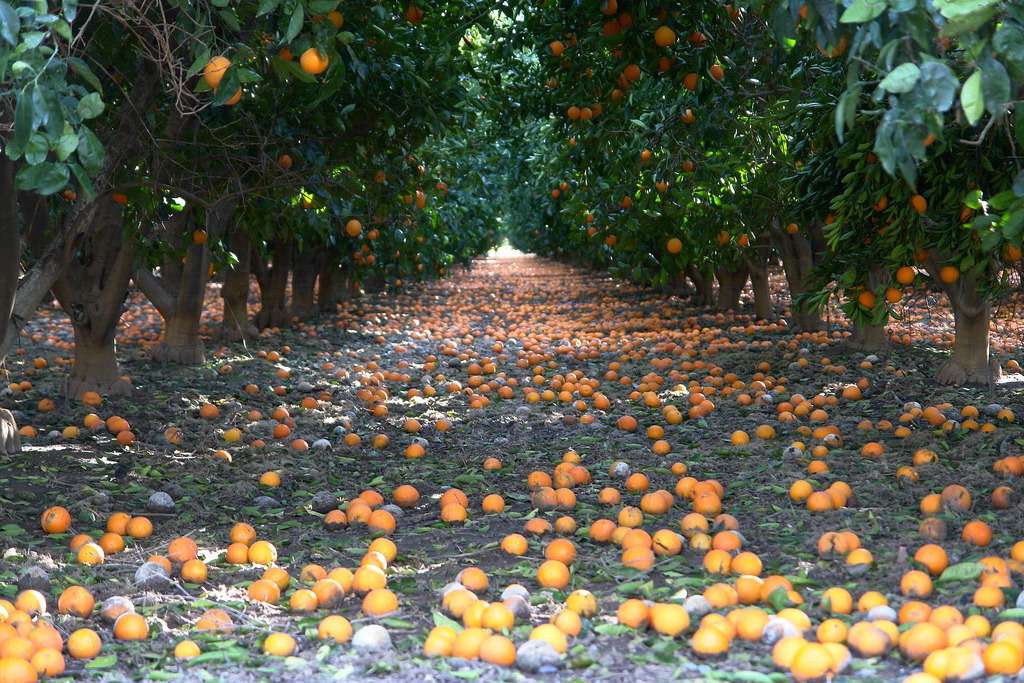 You may remember Katharine Hayhoe as the climate scientist who wrote a chapter for Newt Gingrich’s book about environmental entrepreneurs, only to watch Gingrich throw the chapter in the trash and her under the bus. If so, you know one thing about Hayhoe (the climate scientist part) that her husband didn’t know when they got married.
You may remember Katharine Hayhoe as the climate scientist who wrote a chapter for Newt Gingrich’s book about environmental entrepreneurs, only to watch Gingrich throw the chapter in the trash and her under the bus. If so, you know one thing about Hayhoe (the climate scientist part) that her husband didn’t know when they got married.
Improbable as it may seem, when Hayhoe, an atmospheric scientist at Texas Tech, married Andrew Farley, a linguistic professor and evangelical preacher, he didn’t know what she studied. And she didn’t know that he was a climate skeptic. Love, as a wise guy once said, is blind.
Over the succeeding years, Hayhoe and Farley debated the evidence, and, eventually, they proved the ancient proverb: In marriage, the woman is always right. Their experience even spawned a book geared toward evangelical Christians — A Climate for Change: Global Warming Facts for Faith-based Decisions — and something of a secondary career track for Hayhoe: communicating climate science to churchgoers.
When speaking at churches, Hayhoe often uses a chart of atmospheric CO2 that only goes back 6,000 years. She skims over little things like the age of the Earth and the process of evolution. Why? “To understand the reality of climate change, we don’t have to think the world is any older than 300 years,” she says. And besides, we don’t have the luxury of waiting to act on climate change until everyone is on the same page about everything.
So Hayhoe combines her scientific knowledge with an appeal toward people’s core values, whether they’re religious or not. It’s a welcome departure from the typical scientist’s approach of “beating-them-over-the-head-with-facts.” And it’s an approach that works well in rooms full of climate skeptics, as well as in marriage.
In this interview, we discuss the intersection of religion and climate science, whether Adam and Eve started the Anthropocene, and how to turn your budding romance into an opportunity to evangelize about climate change.
This interview is part of the Generation Anthropocene project, in which Stanford students partake in an inter-generational dialogue with scholars about living in an age when humans have become a major force shaping our world.



